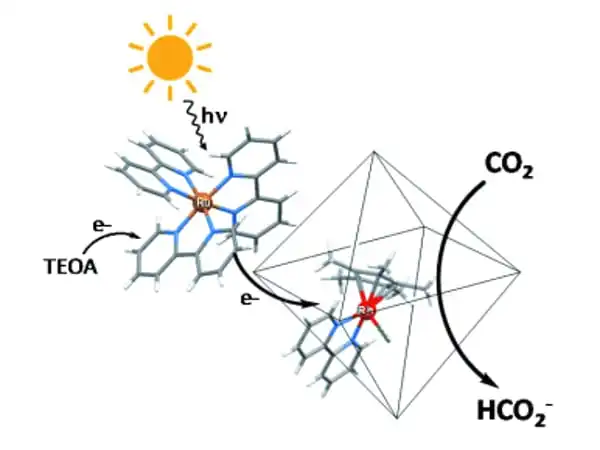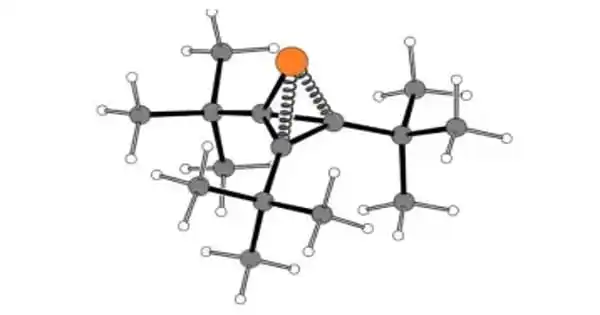The surface of a copper-zinc catalyst when carbon dioxide is converted to methanol has been studied for the first time by researchers at Stockholm University, according to findings published in the scientific journal Science. A deeper understanding of the catalytic process, as well as the prospect of developing even more efficient materials, pave the way for a green transition in the chemical sector.
If methanol could be successfully created from direct CO2 reduction using solar-generated hydrogen, its usage as a fuel and chemical feedstock might become highly essential in the creation of a more sustainable society. If hydrogen generation is to be decentralized, small-scale CO2 reduction devices that work at low pressures are necessary.
Methanol is today one of the most important petrochemical basic chemicals, with an annual production of 110 million tons. It may be transformed into tens of thousands of various products and used to make plastics, detergents, medications, and fuels, among other things. Methanol also has the potential to be a future energy carrier, with aviation fuel, for example, being generated using collected carbon dioxide and hydrogen from water electrolysis rather than natural gas. A future green transformation of the chemical industry, comparable to that of green steel, in which wind or solar energy drives electrolytic cells is therefore conceivable.
We were able to demonstrate using our device that zinc is alloyed with copper right at the surface, and this creates specific atomic sites where methanol is generated from carbon dioxide. A little quantity of carbon monoxide is mixed in during industrial processes, which prevents the creation of zinc oxide from carbon dioxide.
Chris Goodwin
“The challenge has been to examine the catalyst surface experimentally using surface-sensitive methods under real-world reaction circumstances at rather high pressures and temperatures. For many years, such prerequisites were not met, and several speculations regarding zinc being available as oxide, metallic, or in alloy with copper arose but could not be definitively proved” Professor of Chemical Physics at Stockholm University, Anders Nilsson, agrees.
“It is amazing that after many years of effort, we have been able to throw light on this complex problem of methanol production over copper-zinc catalyst,” says Peter Amann, the publication’s first author.
“What is special is that we have built a photoelectron spectroscopy instrument in Stockholm that allows studies of catalyst surfaces under high pressures and thereby directly been able to observe what happens when the reaction takes place,” says David Degerman, Ph.D. student in Chemical Physics at Stockholm University. “We have opened a new door into catalysis with our new instrument.”

“We were able to demonstrate using our device that zinc is alloyed with copper right at the surface, and this creates specific atomic sites where methanol is generated from carbon dioxide,” explains Chris Goodwin, a Chemical Physics researcher at Stockholm University. “A little quantity of carbon monoxide is mixed in during industrial processes, which prevents the creation of zinc oxide from carbon dioxide.”
“The unique spectroscopic instrument design from Stockholm University, along with the PETRA III beam characteristics, now allows in-operando investigations of catalysts at pressures 10 times higher than at conventional synchrotron light sources,” says Christoph Schlueter, beamline scientist at P22 at DESY. “Having our Stockholm equipment at one of the world’s brightest x-ray sources, PETRA III at DESY in Hamburg, was critical to conducting the investigation,” explains Patrick Lömker, Postdoc at Stockholm University.
“Having our Stockholm equipment at one of the world’s brightest x-ray sources, PETRA III in Hamburg, has been critical to the investigation,” says Patrick Lömker, Postdoc at Stockholm University. “We can now envision a future with increasingly brighter sources as the machine advances to PETRA IV.”
“We now have the tools to conduct research that will lead to possible other catalyst materials that can be used better to fit together with electrolysis-produced hydrogen for the green transition of the chemical industry, which is entirely fossil-based today and accounts for 8% of global carbon dioxide emissions,” says Anders Nilsson.





